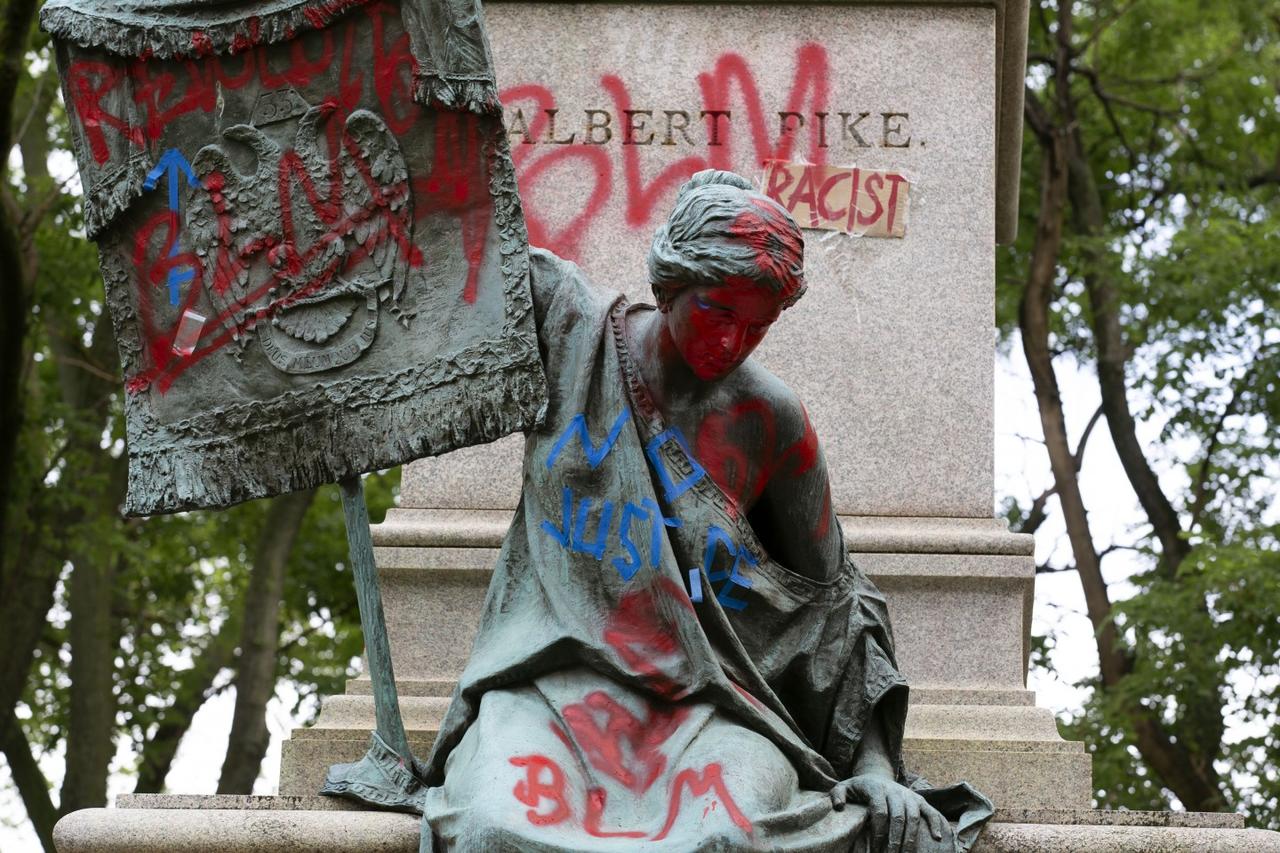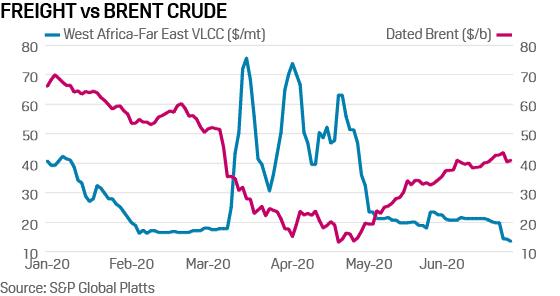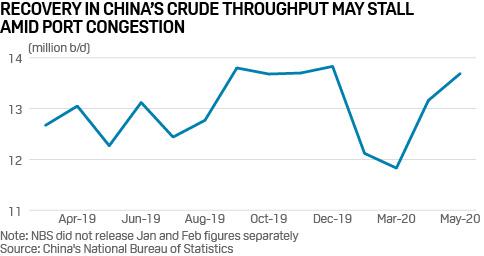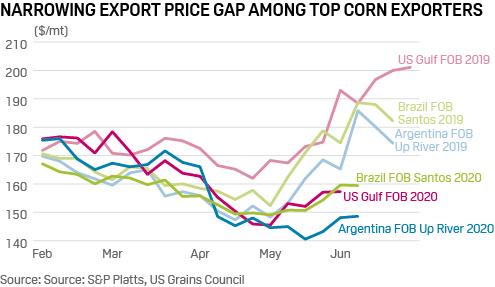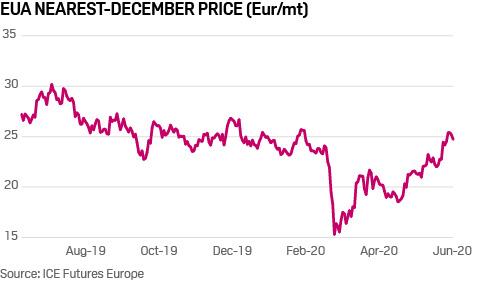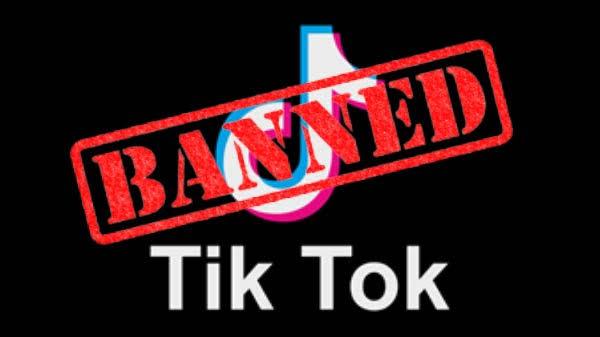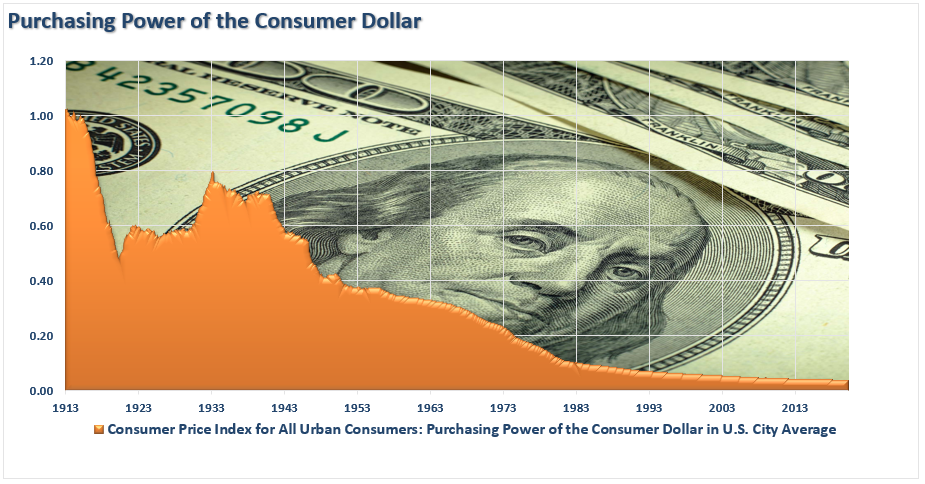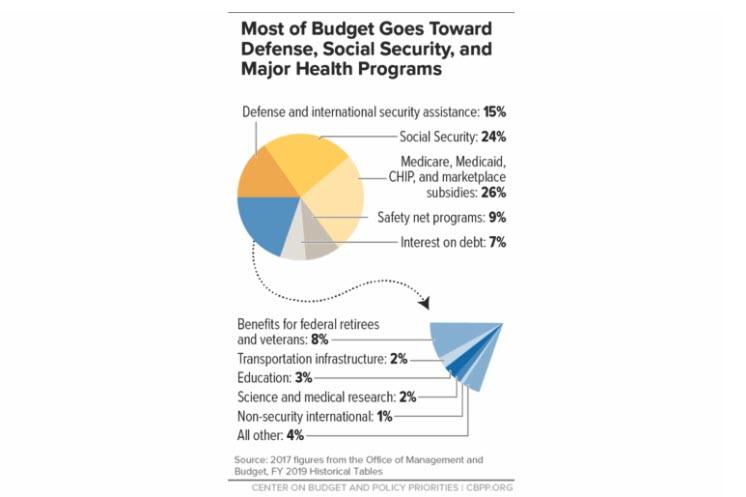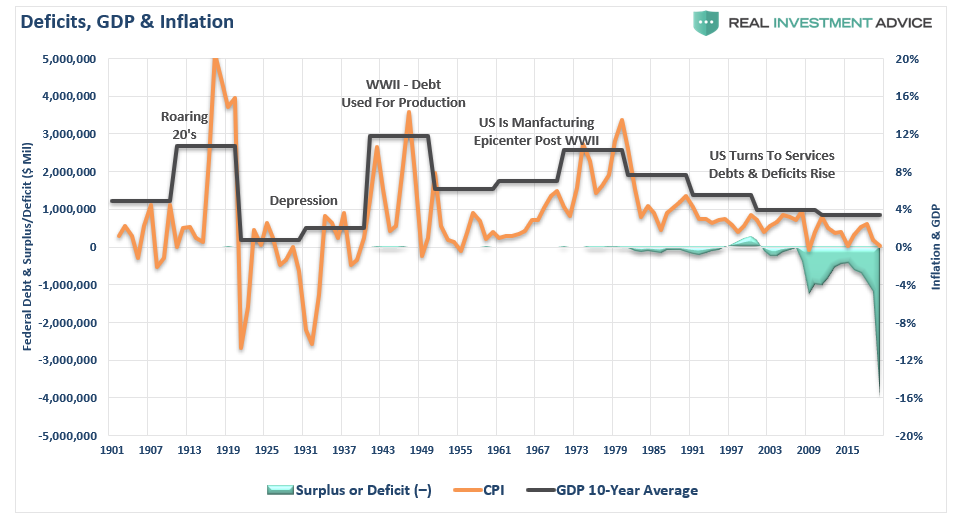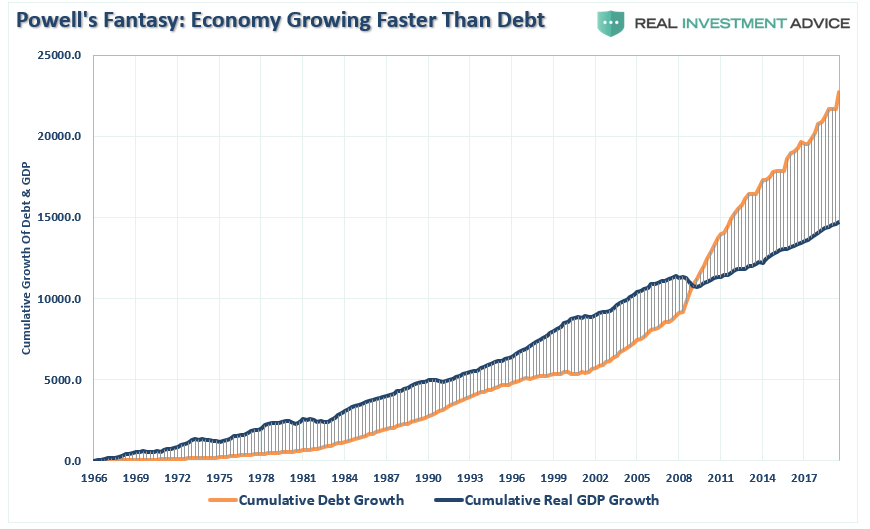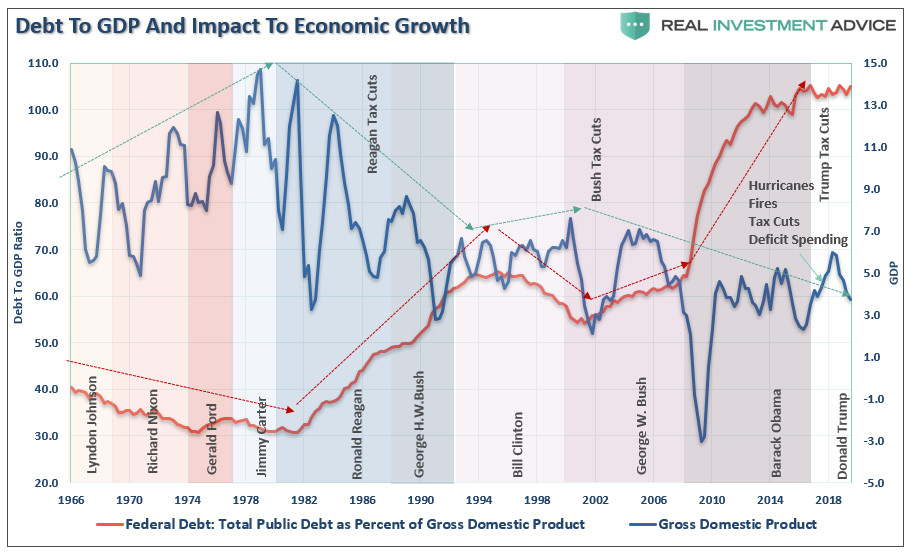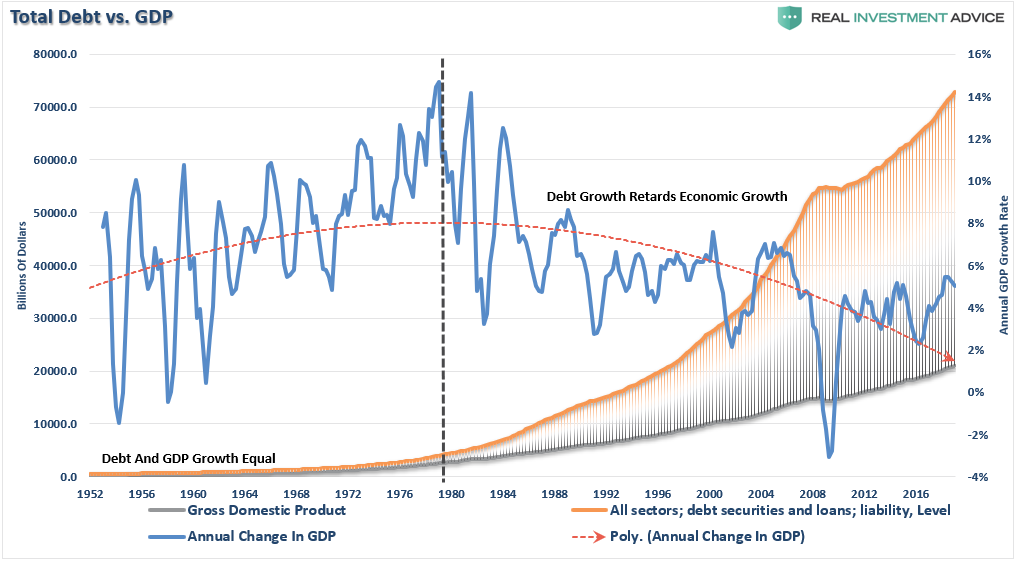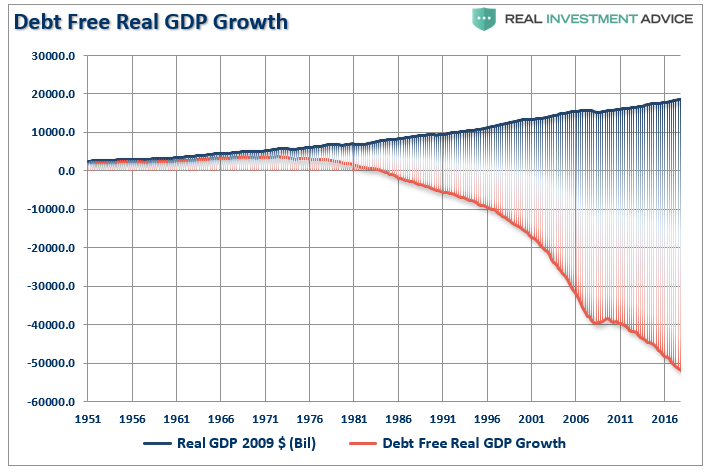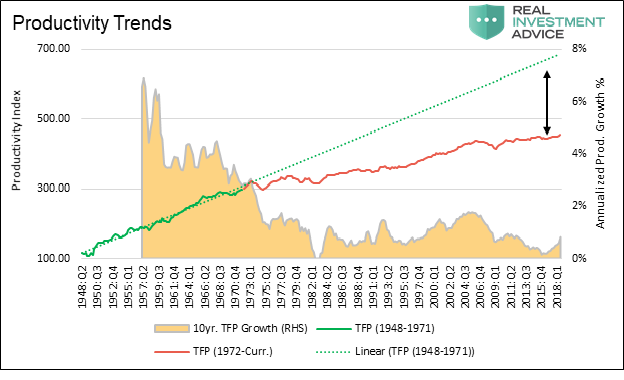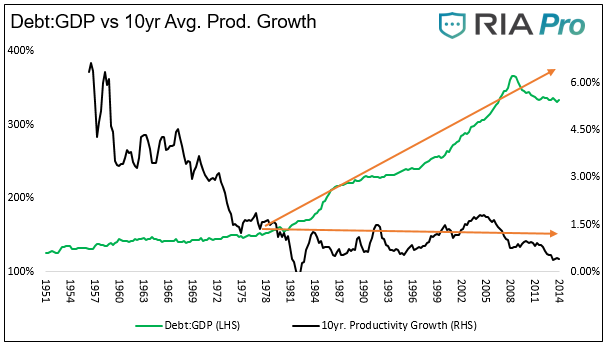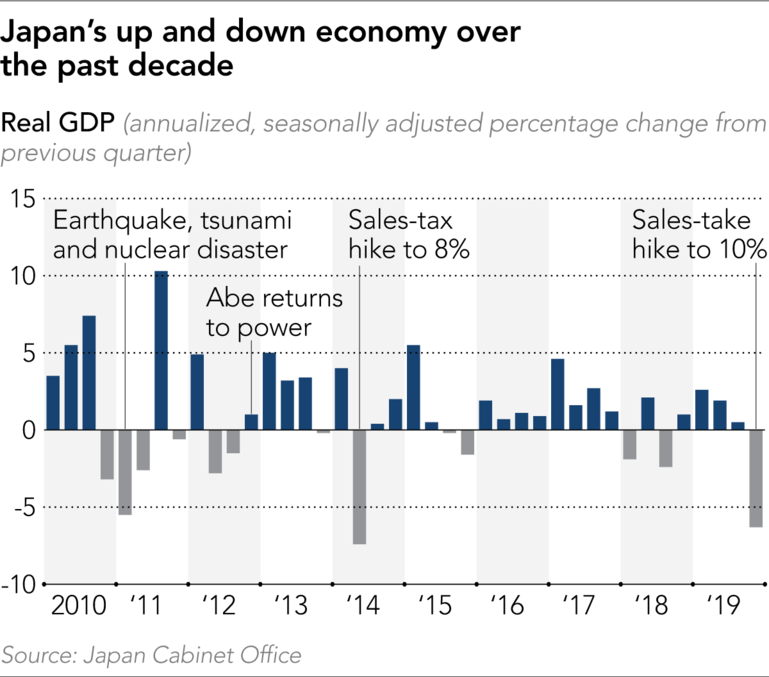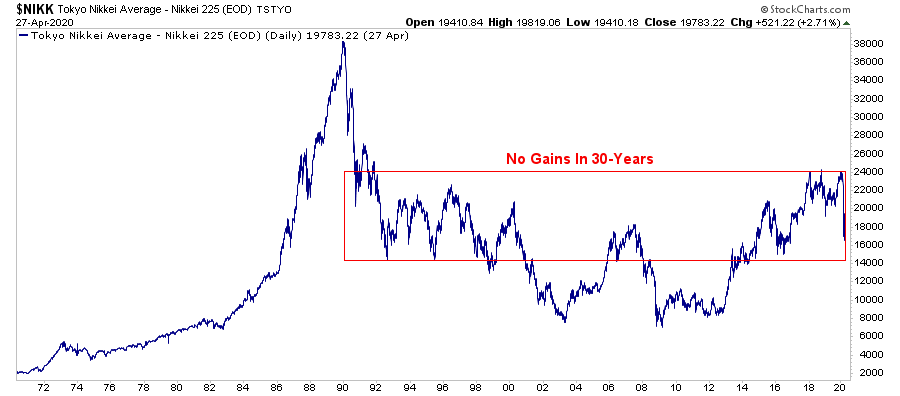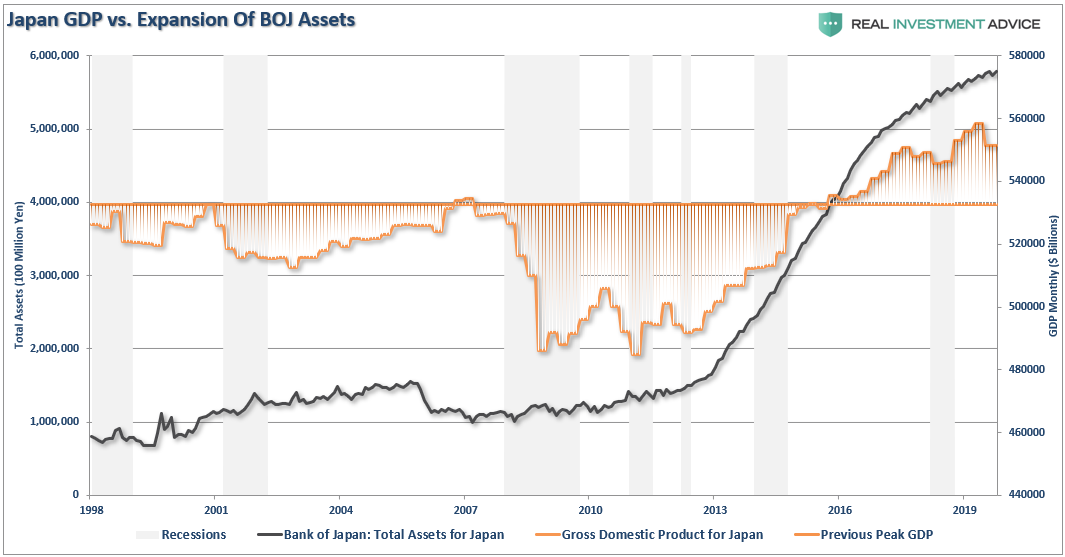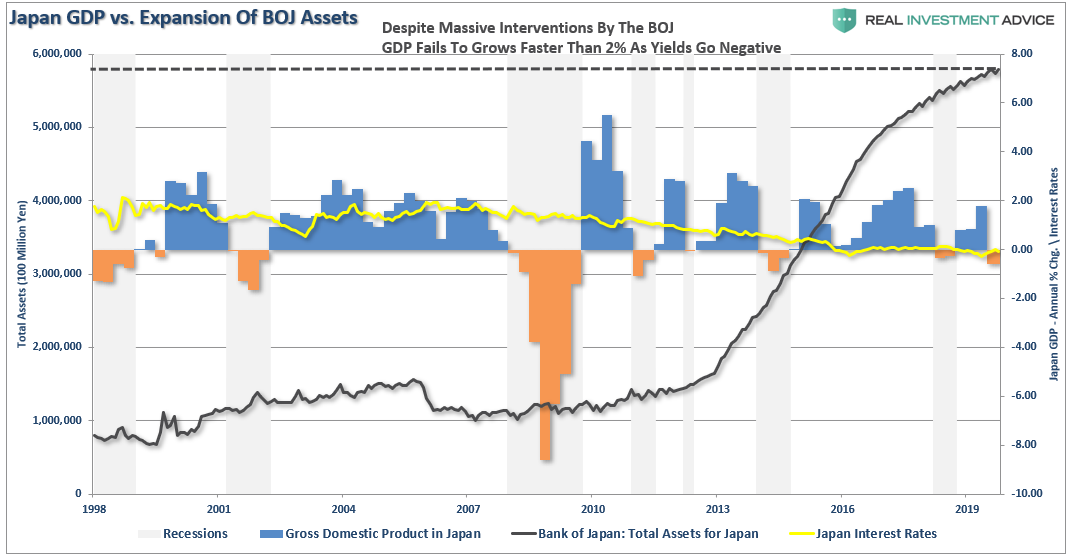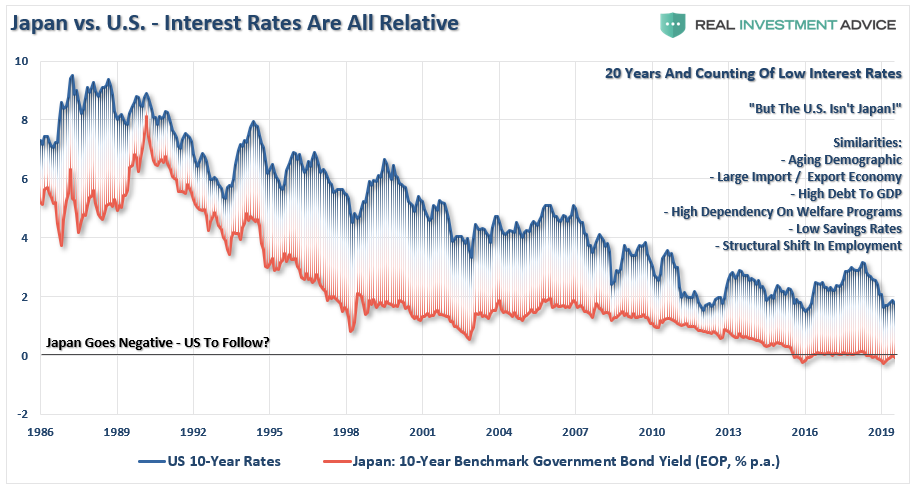We Digitized The Mob, And There’s No Place To Hide
Tyler Durden
Mon, 06/29/2020 – 14:05
Authored by Frank Miele via RealClearPolitics.com,
Why can’t our leaders bring themselves to condemn anti-social violence?
The most shocking aspect of the wave of rioting and destruction that has been unleashed on many of our American cities in the wake of George Floyd’s death is not that there is an underlying discontent with the rate of progress in racial equality. That is understandable. What is not is the way that mayors, governors and members of Congress have not just tolerated, but endorsed, mob violence as an acceptable weapon of social change.
Growing up in the turbulent 1960s, I was given a very specific warning by my mother: If you ever get caught up in a mob, get out of it as soon as possible because a mob has no brain. It just has emotion — and whether that emotion is anger, hatred or even joyful exuberance, it cannot be controlled.
We saw that in Minneapolis following the death of George Floyd while in police custody. People with a brain were outraged by what they saw. They wanted to protest, to speak out, and to demand justice. But when they came together in the streets, they discovered how quickly protest can transform into riot, and how demands for justice can be used to justify injustice. The basic premise of justice, after all, is recompense, making sure that wrongdoers pay a price for their crime. Yet there was no recompense in burning the businesses of innocent bystanders. There was no justice in stealing TVs and PlayStations. This was just brainless mob violence. It was shameful and it should have been easily condemned by the politicians, news media and celebrities who were not part of the mob.
That’s what would have happened in the 1960s. When Martin Luther King Jr. was murdered, leading to riots across America in 1968, Bobby Kennedy appealed for peace amidst “this mindless menace of violence in America which again stains our land and every one of our lives.”
The parallel is exact. A black man is unjustly murdered. The nation is outraged. Riots ensue. The only part that is missing today is a respected grown-up like Kennedy who would condemn the violence and recognize that “[i]t is not the concern of any one race.”
As Kennedy said,
“The victims of the violence are black and white, rich and poor, young and old, famous and unknown. They are, most important of all, human beings whom other human beings loved and needed. No one — no matter where he lives or what he does — can be certain who will suffer from some senseless act of bloodshed. And yet it goes on and on. Why? What has violence ever accomplished? What has it ever created? … No wrongs have ever been righted by riots and civil disorders. … [A]n uncontrolled, uncontrollable mob is only the voice of madness, not the voice of the people.”
What a refreshing expression of common sense, and what a contrast it offers to the bleating appeasers from the Democratic Party today who have bent a knee in obeisance to the mob, to the rioters, to the monument defacers, to the statue topplers.
But it’s not just the Democrats who have bowed to the “voice of madness.” Most Republicans are right there with them. So too are corporate entities such as Intel and Amazon, and sporting organizations such as the NFL and NASCAR. For their part, news outlets such as CNN and MSNBC are promoting the riots and the cleansing of American history that is being pushed by Black Lives Matter.
The question is why?
It is easy to understand why someone surrounded by the mob surrenders to its power, but those corporate boardrooms are far from the fray and well-protected from the torches and Molotov cocktails. So why have they turned their backs on law and order and embraced the mob? What has changed since the 1960s that makes it so much harder for leaders in government, business and culture to condemn violence and lawlessness?
The answer will not surprise you, but it should scare you. Somewhere along the way, we digitized the mob. The few dozen people surrounding a statue are not the problem. The few hundred people confronting police are not the problem. The few thousand people looting stores and throwing rocks are not the problem. The mob on the street is not the problem. The mob on the street is the symptom.
The millions of people acting without moral restraint, without reason and without fear of consequences on the Internet are the problem. Indeed, the digital mob is the unintended consequence of the Internet itself. Connecting the world via technology was supposed to encourage communication, understanding and a breaking down of barriers. Instead it has resulted in a world divided into silos, special interests, identity groups. We tend to seek out those we have the most in common with and to block, ban or troll those who are unlike us. We feel safety in numbers, and from that safety is often bred outright contempt for those who think differently. Though we must live side by side with people in our families, our workplaces and our schools who have diverse points of view, we are under no such obligation online, where unfriending is much easier than “un-neighboring.”
That has emboldened people to be the loudest, harshest, most vulgar voice in their group. Such uncivil behavior can bring fame and money. And yes, praise. Target and shame those who violate your group’s ideological dogma, and you will be echoed, retweeted, and revered. But if you dare to defend the person or institution under attack, if you ask for forbearance or forgiveness, you will be the next target. The phenomenon was well-described by a former Internet mobster in an anonymous confession published by Quillette in 2018 titled “I Was the Mob Until the Mob Came for Me”:
“Every time I would call someone racist or sexist, I would get a rush. That rush would then be reaffirmed and sustained by the stars, hearts, and thumbs-up that constitute the nickels and dimes of social media validation. The people giving me these stars, hearts, and thumbs-up were engaging in their own cynical game: A fear of being targeted by the mob induces us to signal publicly that we are part of it.”
It is that last part that seems to be what is motivating companies to donate millions of dollars to Black Lives Matter, a movement that has more in common with the Marxist revolutionary goals of the Weather Underground than with the nonviolent calls for social justice of MLK. Rather than risk being targeted by the mob, corporations such as Home Depot, Walmart and others have opened their wallets. In essence, they are paying protection money in order to avoid having their metaphorical windows smashed by the Internet mob.
It is also why almost all of our elected leaders, many of whom took an oath to defend the Constitution against enemies foreign and domestic, are silent about the assault on our history, our economy and our future. Can you blame them? When they come for you on Twitter, there is no place to hide.
via ZeroHedge News https://ift.tt/38dMiSX Tyler Durden
